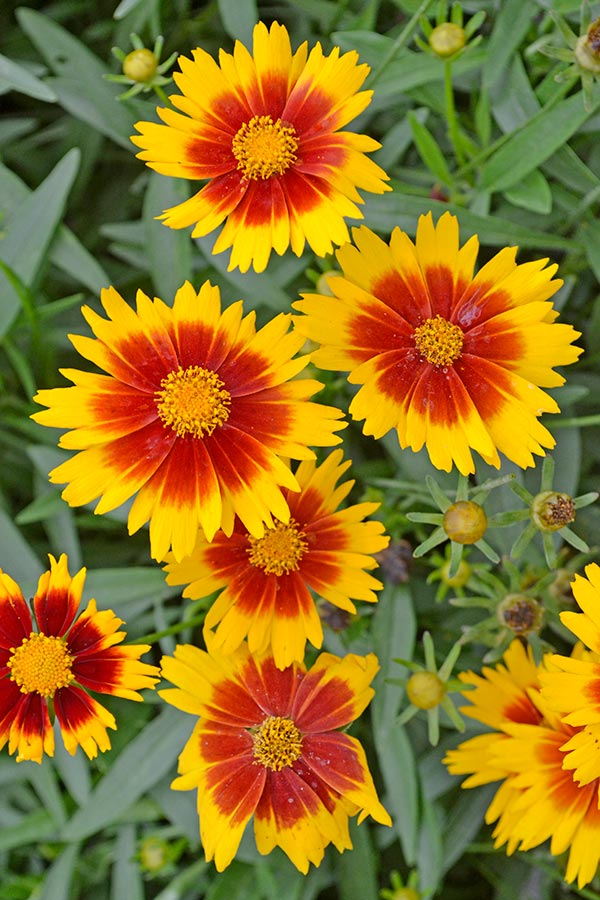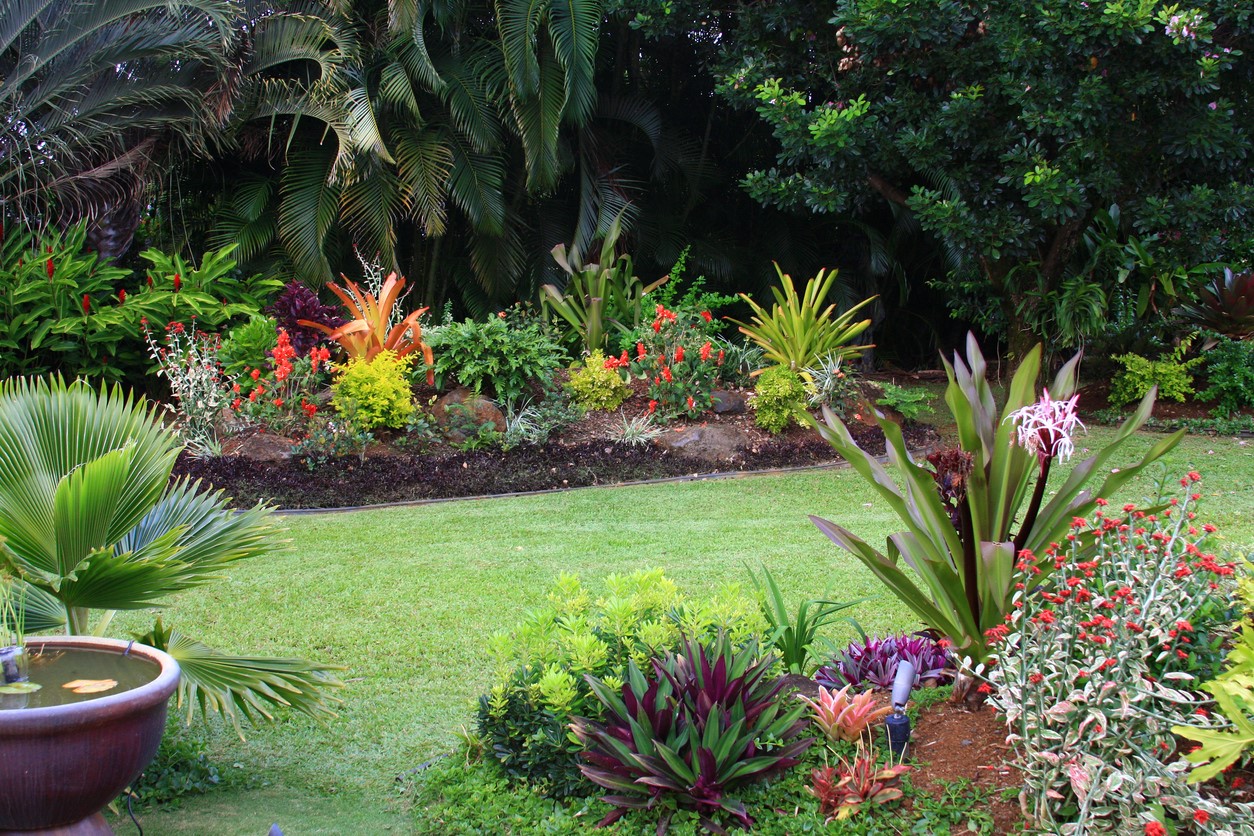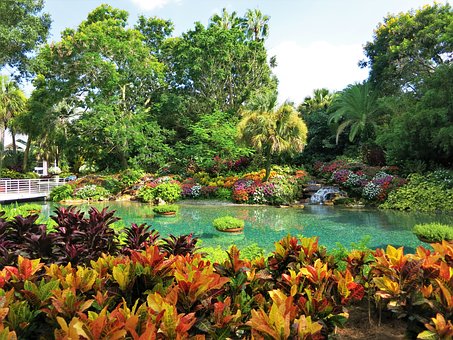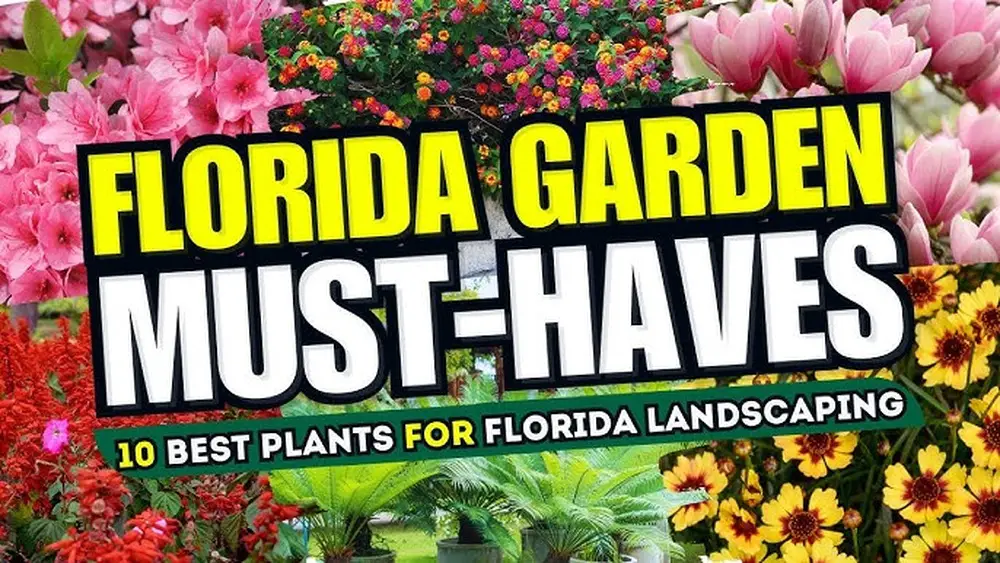Are you ready to transform your Florida garden into a vibrant, thriving oasis? Choosing the right plants for Florida’s unique climate can be tricky, but it doesn’t have to be.
Imagine a garden bursting with colorful flowers that withstand the heat, fresh vegetables that flourish in your backyard, and lush greenery that adds a tropical touch—all without endless watering or fuss. In this guide, you’ll discover the best garden plants perfectly suited for Florida’s sun, humidity, and soil.
Whether you’re a beginner or an experienced gardener, these selections will help you create a beautiful, low-maintenance garden that thrives year-round. Keep reading to find out which plants will make your garden the envy of the neighborhood!

Credit: costafarms.com
Heat-tolerant Flowers
Heat-tolerant flowers are essential for Florida gardens. They thrive under the intense sun and high temperatures. Choosing these flowers helps maintain color and life in your garden all year. These plants need less water and care, making them perfect for busy gardeners. Here are some of the best heat-tolerant flowers for Florida gardens.
Lantana
Lantana grows well in hot, sunny spots. It produces clusters of bright flowers in many colors. Butterflies and bees love lantana, which helps pollinate your garden. This flower is drought-resistant and blooms from spring through fall.
Hibiscus
Hibiscus offers large, showy blooms in red, pink, yellow, and white. It flowers year-round in Florida’s warm climate. Hibiscus plants grow well in full sun and need moderate watering. Their tropical look adds beauty and charm to any garden.
Pentas
Pentas attract hummingbirds and butterflies with star-shaped flowers. They bloom in pink, red, white, and purple shades. This plant thrives in heat and tolerates dry conditions. Pentas bloom continuously in sunny locations.
Starry Rosinweed
Starry rosinweed is a Florida native wildflower with bright yellow flowers. It grows well in hot, dry soils and sunny areas. This plant attracts pollinators and supports local wildlife. It is easy to grow and maintain.
Lavender
Lavender prefers sunny, well-drained spots and tolerates heat. Its fragrant purple flowers add scent and color to gardens. Lavender needs little water once established. It also repels pests, protecting other plants nearby.
Salvia
Salvia offers vibrant spikes of flowers in blue, red, or purple. It thrives in full sun and hot weather. This plant attracts hummingbirds and bees, enhancing garden life. Salvia is drought-tolerant and blooms for many months.
Vegetables For Warm Seasons
Warm seasons in Florida offer a perfect chance to grow many vegetables. The heat and sunlight help plants grow strong and healthy. Choosing the right vegetables can lead to a bountiful harvest and a lively garden. These vegetables thrive in Florida’s warm climate and bring fresh flavors to your table.
Sweet Potatoes
Sweet potatoes love the heat and need full sun. They grow well in sandy soil and need little water once established. Plant slips in spring for a fall harvest. Their vines spread, so give them plenty of space. Sweet potatoes provide nutritious, tasty roots and edible leaves.
Okra
Okra is a classic warm-season vegetable. It thrives in hot weather and full sun. This tall plant produces edible seed pods that are great for cooking. Okra grows quickly and resists pests. Pick pods young for the best taste and texture.
Southern Peas
Southern peas, or cowpeas, tolerate heat and dry conditions. They fix nitrogen in the soil, improving garden health. These peas produce pods full of tasty beans. Plant them after the last frost and harvest regularly. Southern peas add protein and fiber to meals.
Cherry Tomatoes
Cherry tomatoes enjoy Florida’s warm days and cool nights. They need well-drained soil and full sun to produce sweet, juicy fruit. Choose disease-resistant varieties for better results. Regular watering helps prevent cracking. Harvest frequently to encourage more fruit.
Tropical Vegetables
Tropical vegetables like cassava and Malabar spinach fit well in warm gardens. Cassava grows from tubers and needs space to spread. Malabar spinach climbs and provides lush, edible leaves. Both plants add unique flavors and variety. They thrive in Florida’s hot, humid climate.
Cool-season Vegetables
Cool-season vegetables grow best in Florida’s mild winter months. They thrive in cooler temperatures and shorter days. Planting these vegetables extends your garden’s productivity beyond the hot summer. These crops bring fresh, nutritious options to your table during the cooler seasons.
Broccoli
Broccoli grows well in Florida’s cooler months. It prefers temperatures between 60 and 70 degrees. Plant seeds in late fall for a winter harvest. Broccoli needs full sun and well-drained soil. Regular watering helps develop large, healthy heads.
Kale
Kale is a hardy leafy green that thrives in cool weather. It tolerates light frost, which can improve its flavor. Plant kale in early fall for a late winter crop. It grows best in rich soil with plenty of organic matter. Harvest leaves regularly to encourage new growth.
Carrots
Carrots prefer loose, sandy soil for straight roots. Cool weather helps carrots develop sweet, crisp texture. Sow seeds in fall or early winter for best results. Keep the soil moist to prevent cracking. Thin seedlings to avoid crowding and ensure proper root growth.
Beets
Beets grow quickly in Florida’s cool season. They need full sun and well-drained soil. Sow seeds directly in the garden bed. Thin seedlings to allow room for bulb development. Both roots and greens are edible and nutritious.
Spinach
Spinach loves the cool, mild Florida winter. It prefers partial to full sun exposure. Plant seeds in fall for a winter harvest. Keep soil moist but not waterlogged. Harvest outer leaves regularly to promote continuous growth.

Credit: www.stanleyhomesinc.com
Native Trees And Shrubs
Native trees and shrubs form the backbone of Florida gardens. They adapt well to the local climate and soil. These plants require less water and care than exotic species. They also provide shelter and food for local wildlife. Choosing native plants helps maintain Florida’s natural beauty and balance.
Sable Palm
The sable palm is a tall, elegant tree native to Florida. It can reach heights of 40 feet. This palm thrives in sandy, well-drained soils. Its dark green, fan-shaped leaves add a tropical look. It attracts birds and small animals to your garden. Sable palms are drought tolerant once established.
Sea Grape
Sea grape is a versatile shrub or small tree. It grows near beaches and coastal areas naturally. Its large, round leaves turn reddish in the fall. Sea grape produces clusters of small, grape-like fruits. These fruits feed birds and other wildlife. This plant tolerates salt spray and poor soils easily.
Wax Myrtle
Wax myrtle is a fast-growing shrub with fragrant leaves. It can grow up to 15 feet tall. This shrub produces small blue berries loved by birds. Wax myrtle works well as a hedge or privacy screen. It prefers sunny spots but tolerates some shade. It helps improve soil by fixing nitrogen.
Clusia
Clusia, also known as autograph tree, is a tough shrub or small tree. It has thick, leathery leaves that store water. Clusia can grow in poor soils and withstand drought. Its flowers attract pollinators like bees and butterflies. This plant makes a great privacy hedge or specimen plant. It thrives in sunny to partly shaded areas.
Tropical Palms For Florida Yards
Tropical palms add a lush and exotic look to Florida yards. Their tall, graceful trunks and wide, green fronds bring a slice of the tropics home. These palms thrive in Florida’s warm climate and sandy soil. They need little care once established and offer year-round beauty. Many types also provide shade and privacy, making outdoor spaces more comfortable.
Areca Palm
The Areca Palm is a popular choice for Florida gardens. It grows well in full sun or partial shade. This palm features feathery, arching fronds that create a soft, tropical feel. The Areca Palm can reach heights of 20 feet, perfect for small to medium yards. It also helps clean the air, improving your garden’s environment. Regular watering and well-drained soil keep this palm healthy and vibrant.
Other Popular Palms
Several other palms suit Florida’s yard conditions. The Sabal Palm is Florida’s state tree and is very hardy. It tolerates drought and salt spray, ideal for coastal gardens. The Queen Palm grows quickly and has long, feathery leaves. It adds height and elegance to landscapes. The Pygmy Date Palm is smaller and perfect for patios or container planting. Each palm offers unique beauty and fits different garden styles.
Low-maintenance Landscape Plants
Low-maintenance landscape plants save time and effort in Florida gardens. They thrive with little watering, pruning, or care. These plants suit busy gardeners and those new to gardening. Choosing the right plants helps maintain a beautiful yard year-round. Florida’s climate supports many tough, attractive species that need minimal attention.
Rain Garden Plants
Rain gardens capture and absorb water during storms. They prevent flooding and keep soil healthy. Plants here tolerate wet roots but also dry periods. Goldenrod draws pollinators with bright yellow flowers. Swamp sunflower blooms large, orange flowers in wet soil. Muhly grass adds soft texture with its pinkish plumes. Milkweed supports butterflies and grows well in damp spots. These plants create a natural, easy-care garden that handles rain well.
Drought-tolerant Options
Drought-tolerant plants survive with little water once established. They reduce water use and stay healthy in dry weather. Lantana produces colorful flowers that attract butterflies. Hibiscus offers tropical blooms all year long. Pentas show clusters of star-shaped flowers in heat. Sable palm adds structure with its strong fronds. Sea grape grows as a small tree or shrub with thick leaves. These choices keep gardens green and lively during dry spells.
Attracting Pollinators
Attracting pollinators is a key part of a healthy Florida garden. Pollinators like bees, butterflies, and hummingbirds help plants grow by moving pollen. They support fruit and seed production. Creating a pollinator-friendly garden also boosts local wildlife and biodiversity.
Flower Choices
Choose flowers that bloom at different times to provide nectar year-round. Lantana and pentas thrive in Florida heat and attract many pollinators. Hibiscus offers large blooms that hummingbirds love. Bright colors such as red, orange, and purple draw attention from butterflies and bees. Avoid hybrid flowers that lack nectar or pollen.
Native Plants
Native plants are best for Florida gardens and pollinators. They have adapted to the local climate and soil. Milkweed is vital for monarch butterflies. Goldenrod and swamp sunflower attract bees and butterflies. Starry rosinweed offers nectar and pollen for many insects. Using native plants ensures a balanced ecosystem and reduces the need for fertilizers or pesticides.

Credit: edgewateryardshop.com
Planting Tips For Florida Gardens
Planting a garden in Florida requires special care and knowledge. The state’s warm climate and unique soil conditions affect plant growth. Understanding these factors helps you choose the right plants and care for them properly. Follow simple tips to keep your Florida garden healthy and vibrant all year.
Seasonal Planting Guide
Plant in the right season for best results. Florida has mild winters and hot summers. Spring and fall are ideal for planting many flowers and vegetables. Cool-season crops like broccoli and kale grow well in fall and winter. Summer heat suits plants like okra and sweet potatoes. Avoid planting heat-sensitive plants during summer. Plan your garden around these seasons for strong growth.
Soil And Water Considerations
Florida soil is often sandy and drains quickly. Add organic matter to improve moisture retention. Mulch helps keep soil cool and moist. Water deeply but less often to encourage deep roots. Morning watering reduces evaporation and disease risk. Check soil moisture before watering to avoid overwatering. Choose drought-tolerant plants to save water and thrive in dry spells.
Frequently Asked Questions
What Grows Well In A Garden In Florida?
Florida gardens thrive with heat-tolerant plants like lantana, hibiscus, pentas, sweet potatoes, okra, southern peas, cherry tomatoes, kale, broccoli, and native palms. These plants handle heat well and suit Florida’s warm climate perfectly.
What Is The 70/30 Rule In Gardening?
The 70/30 rule in gardening means planting 70% edible plants and 30% ornamental plants for balance and productivity.
What Grows Well In Florida Heat?
Sweet potatoes, okra, southern peas, and cherry tomatoes thrive in Florida’s heat. Heat-tolerant flowers include lantana, hibiscus, and pentas. Native plants like sable palm and sea grape also grow well in hot Florida climates.
What Is The Best Low Maintenance Landscape In Florida?
The best low maintenance landscape in Florida uses native plants like goldenrod, swamp sunflower, muhly grass, and milkweed. Rain gardens with these plants control water naturally and thrive in Florida’s climate. Choose heat-tolerant species such as lantana, hibiscus, and sable palm for easy care and year-round beauty.
Conclusion
Choosing the right plants helps your Florida garden thrive all year. Heat-loving flowers like lantana and hibiscus bring bright color. Native plants support local wildlife and need less care. Growing seasonal vegetables ensures fresh produce in every season. Simple, smart choices make gardening easier and more rewarding.
Start with these plants to enjoy a healthy, vibrant garden. Your outdoor space will flourish with nature’s best picks. Gardening in Florida can be fun and successful for everyone.

